If you love liquid soap, it is possible to make a wonderful handmade product at home. It is very versatile: you can use it as a liquid hand soap, bath gel, laundry soap or dish soap. It is also very economical: with 500g of oils, you can have 2 liters of liquid soap by adding only water.
The soap product you get is professional grade. And you are in full and complete control of the ingredients you use. In this post, you will find all you need to know about liquid soap from scratch and a list of homemade natural liquid soap recipes tested and tried in this blog.
Table of Contents
- How Do You Make Liquid Soap From Scratch?
- Soap Ingredients
- Safety Precautions
- Homemade Natural Liquid Soap Recipes
How Do You Make Liquid Soap From Scratch?
Handmade liquid soap is made from a soft soap paste, diluted with water. The soap paste is produced by mixing oils with lye water made with potash. It’s that simple:
OILS + POTASSIUM HYDROXIDE (POTASH) -> SOAP PASTE
The soap paste is a form of hot process soap, where your soap batter needs to be heated during the soap production. A crock pot or slow cooker is mandatory to keep the temperature steady.
When your soap paste is ready, you dilute it in water and make your liquid soap. You can either make the whole batch – where you probably need to use a perservative – or store the soap paste, and make small batches of liquid soap that won’t last more than one month.
Soap paste shelf-life is around one year, depending on the “best by” date of oils. Liquid soap without a preservative lasts around one month. With a preservative it can last several months.
Without any colorants, the resulting liquid soap is usually transparent, with a yellow golden color. Its natural color is so pretty I never had the curiosity to know how to color it.
Testing Soap
Liquid soap needs to be tested for pH. If over 9-10, the soap is probably lye heavy. Why this can’t be controlled with superfat like in cold process? Because you are using potassium hydroxide instead of sodium, with a purity of only 95%.
While soap calculators take into acount this percentage, you really can’t garantee that your lye is not stronger. On the other hand, you can’t superfat your soap paste for more than 3% or it might separate (oils floating in your soap). So the “safety margin” given by superfat in cold process is not garanteed in soap paste.
But the bad news end here: while your soap paste might become too lye heavy, you don’t have to throw it all away. You can adjust pH and reduce alkalinity when making the liquid soap, by using an acidic substance. Just dilute citric acid in water and add it to the liquid soap.

As for the amount of soap you can make, it depends on how concentrated – or thin – you like your liquid soap. While I’ve never gone over 1:3 of water dilution, in theory, you can use up to 5 times the soap paste weight in water (1:5) and still get a decent workable liquid soap. That would be quite an economical product.
Soap Ingredients
The base ingredients to make your soap paste are oils and potash (potassium hydroxide). To dilute the soap paste you only need water. So this is the basic to make liquid soap. The rest are actually optional ingredients.
I use very few addictives for liquid soap:
- the final soap has a beautiful yellow-golden color I don’t want to change, so no dyes;
- there’s no need for anti-oxidants as there are practically no floating oils in the soap;
- vegetable glycerin is usually part of liquid soap recipes, to compensate for the high pH and make the liquid soap more moisturizing and less drying, but I personally didn’t feel the need to use it – I always add it to my published recipes though
- a perservative is mandatory if you are making liquid soap to use for months. But if you make small batches of liquid soap that will last for less than one month, you can skip the preservative
- essential oils are also optional – they only add some medicinal plant properties (most of them overrated on the net) and a great scent. Ok, if you can’t live without scented bath products, this is actually mandatory 🙂
So let’s go to the ingredients:
Base Ingredients: water, potassium hydroxide (lye), oils
Potassium hydroxide: 90%-95% pure potash, in grain or flakes, do not use drain pipe cleaners without checking ingredients list, as they may contain other substances.
Water: preferably distilled or relatively demineralized. If you have a dehumidifier, use the water in the tank after filtrating it with a muslin tissue or cheesecloth (to clean dust and laundry fibers).
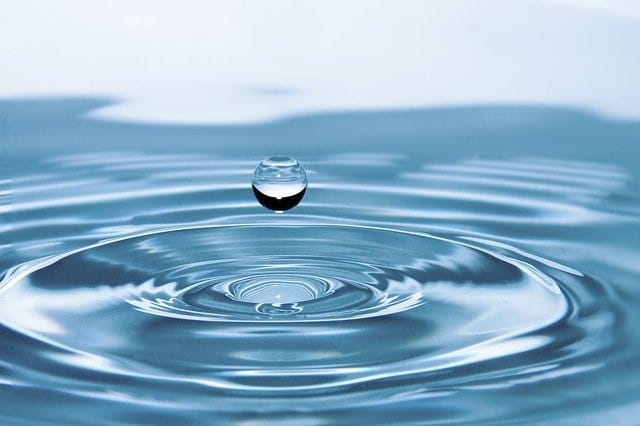
Oils and butters
I mainly use vegetable oils, having only done experiments also with lard. I advise you to buy deodorized or refined products, so that you have a more neutral product in terms of color or scent, but you can use the more natural products, having in mind the oil or butter will influence the scent in the final soap.
Oils: Olive oil, Coconut oil, Sunflower oil, Castor oil, Sweet almond oil, Palm oil are the most common oils in soapmaking but there are others. Basically, any oil/fat is suitable for soapmaking.
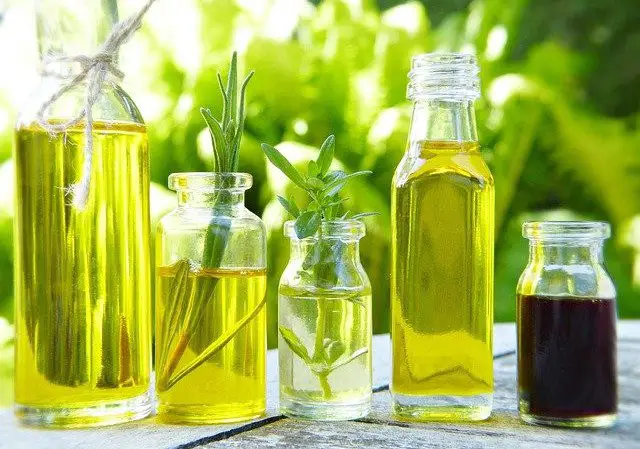
Butters: Shea butter and cocoa butter are the most common, but there is also mango butter, argan butter, peach butter, etc. Unrefined products: natural shea butter, or natural cocoa butter.
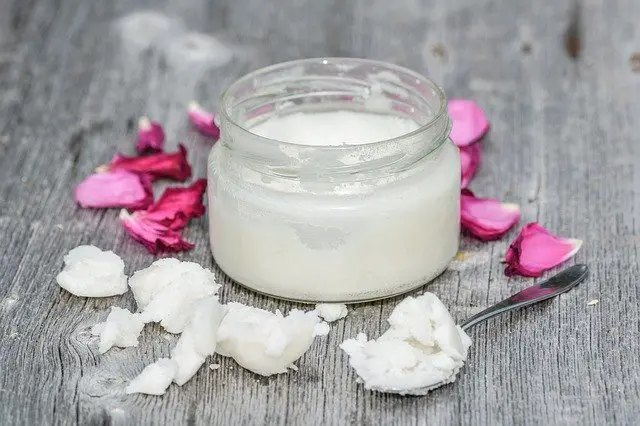
Vegetable Glycerin
Vegetable Glycerin, also known as glycerol or glycerine, is a clear liquid typically made from soybean, coconut or palm oils. It’s a great humectant, known for its moisturizing abilities. It adds moisturizing properties to your liquid soap.
Essential Oils (optional)
I only use essential oils as soap fragrance, making an exception for some fragrances whose respective essential oils are extremely expensive (for example, absolut rose or jasmine).
To get started you can buy a starter kit with some of the most common essential oils from one of these brands:
Please, make sure to also purchase May Chang essential oil, to fix/keep the citrus essential oils scent.
Personally, I have been buying almost every essential oils at Plena Natura, because they are cheap and they give a great deal of trust by presenting good information online on all their products. In Portugal, Pranarom essential oils are also an option.
Recently, I’ve reviewed other essential oils suppliers. It didn’t make me change from Plena Natura for now, but it gave me a good insight of how much in the dark we actually are about these products.
Essential Oils or Fragrance Oils?
I am no longer an essential oils “fundamentalist” as I believe that cheap essential oils (there are numerous at Amazon or Ebay) are worse than some good quality fragrances, and we honestly don’t know what manufacturers actually put in these so-called essential oils (see Best Essential Oils for Soap Making to know more).
My advice, whether you prefer to purchase an essential oil, a natural fragrance, or a “normal” fragrance, is to get information on their ingredients and see if there are substances there that raise concerns for you (such as allergens, see Commercial Soap Ingredients – What Are They?). Know what you are buying.
Be ware that there’s no fragrance or essential oil without any sort of allergens like geraniol, linalool, limonene, to mention only a few. I personally have never developed an allergic reaction to any of them, so they are not harmful per se.
It is possible to use only one essential oil or a mixture of some, they give a very pleasant aroma to the soaps and may even add some medicinal properties.
Or you can mix essential oils with fragrance oils. Some of the best perfumes are a blend of essential oils and synthetic fragrances. I particularly like the Rose one, to mix with geranium rose essential oil and patchouli.
Safety Precautions
Making liquid soap includes potassium hydroxide (lye) in its list of ingredients. It’s probably the main cause that many people shies away from making soap at home. While lye is corrosive and does need caution, you don’t need a biohazard suit or any special gear to make soap safely: check out Soap Making Safety Precautions.
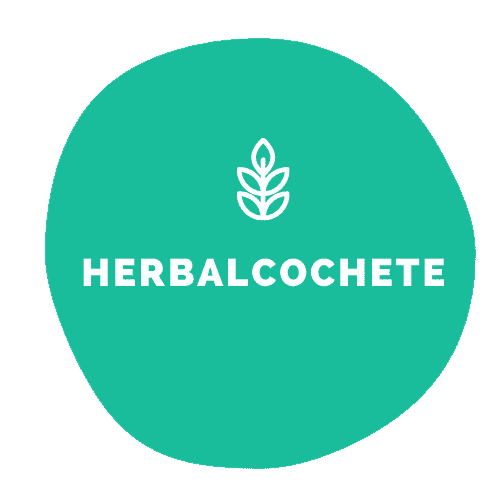
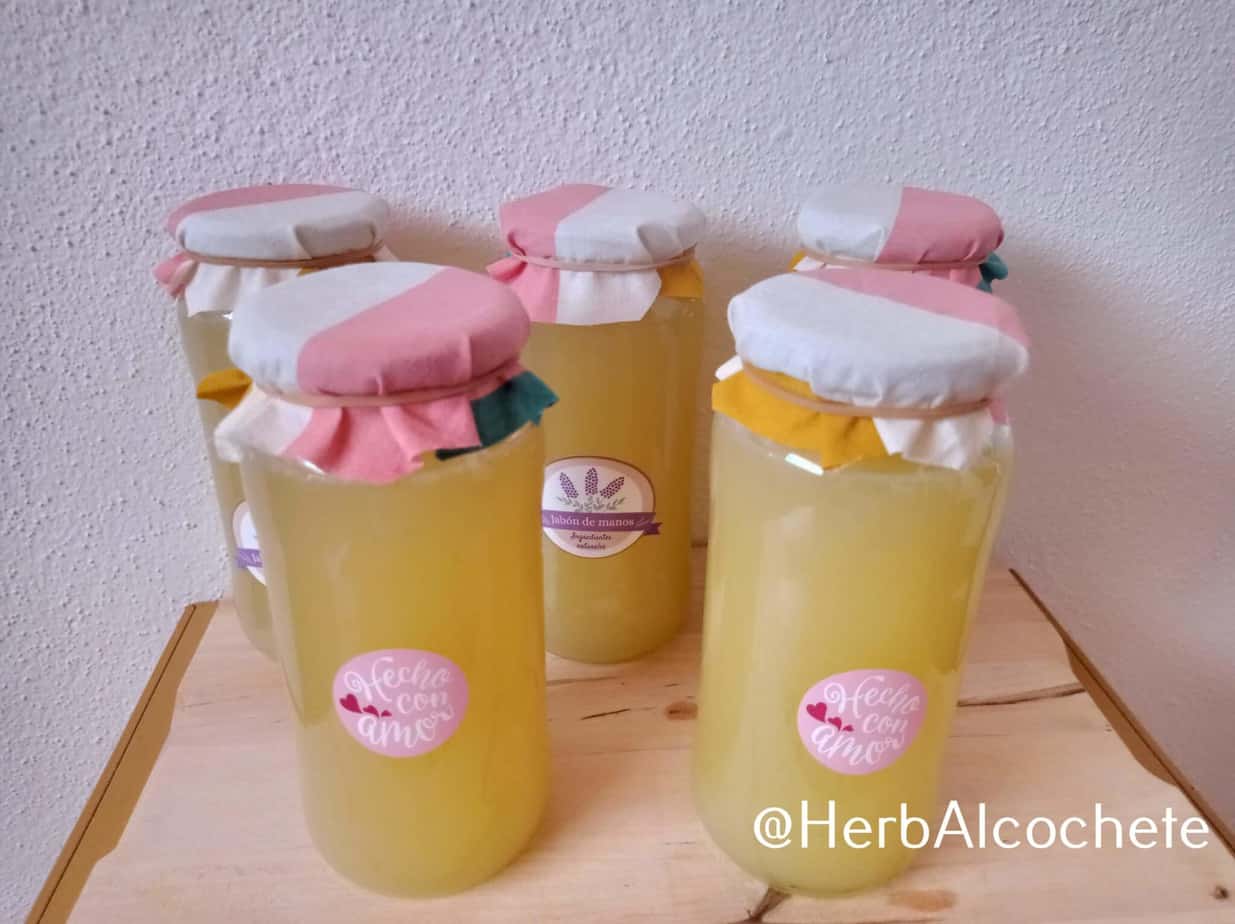



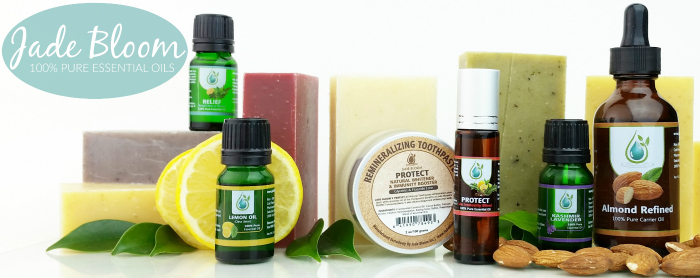
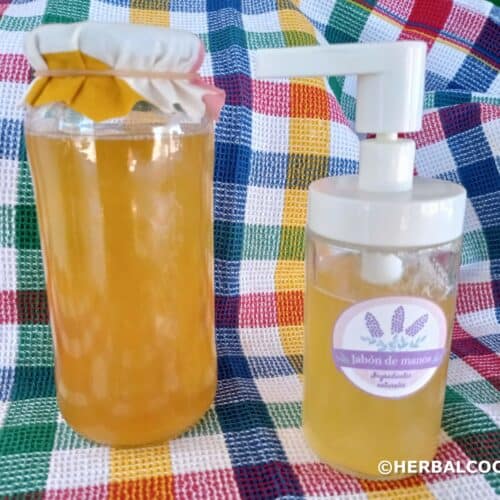

Just this morning my mom was complaining about how the soap finishes in the house. To be fair, we are actually a lot at home. I did not know that you are able to make your own soap from scratch. I will be able to save so much money now. Thank you for this. article.
Hello Daniel and thanks for your comment.
I hope you find the recipes easy enough to follow. Let me know how the liquid soap turned out.
Ceers,
Sofia